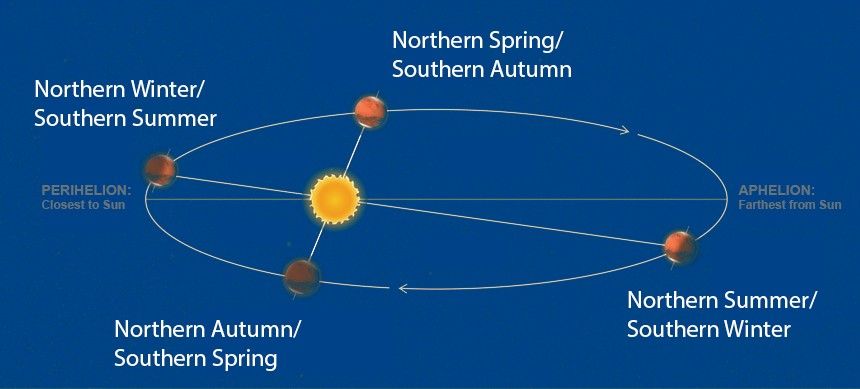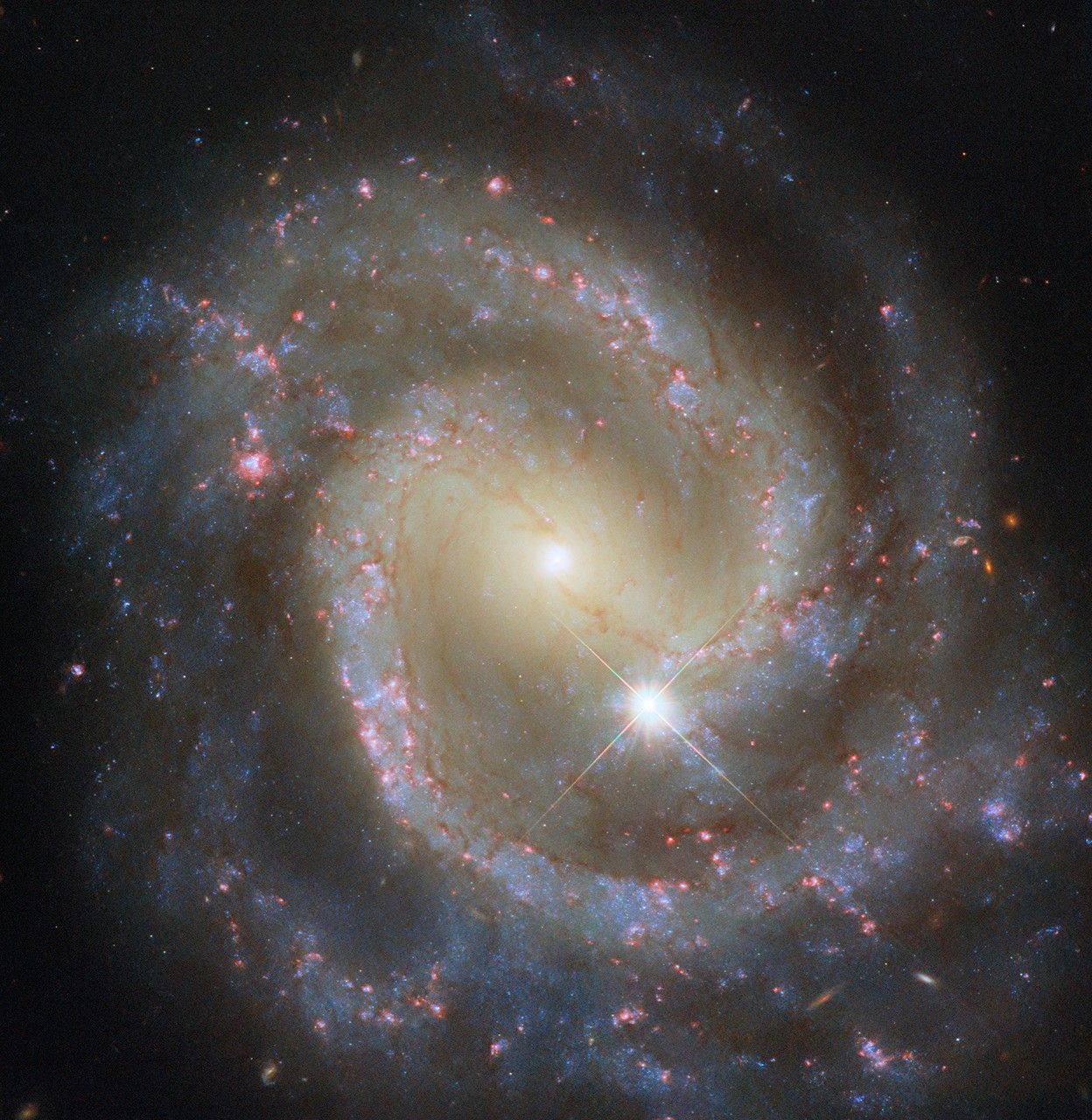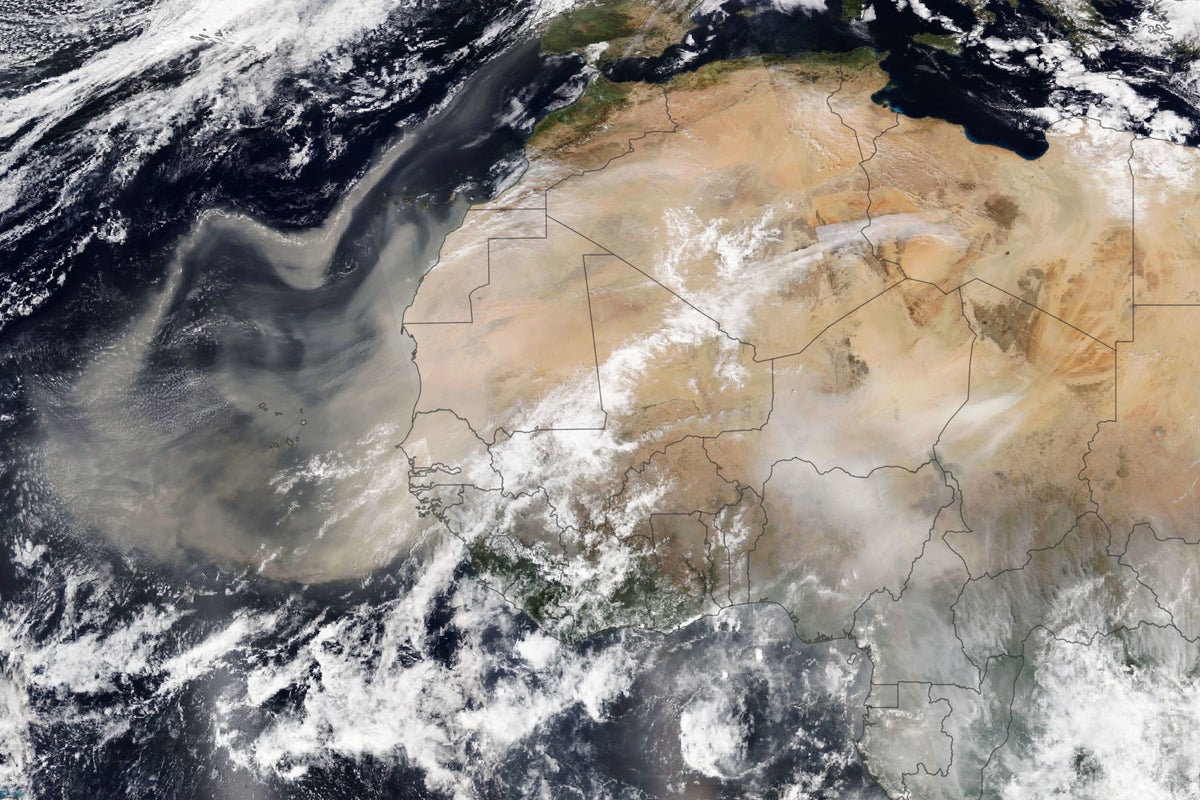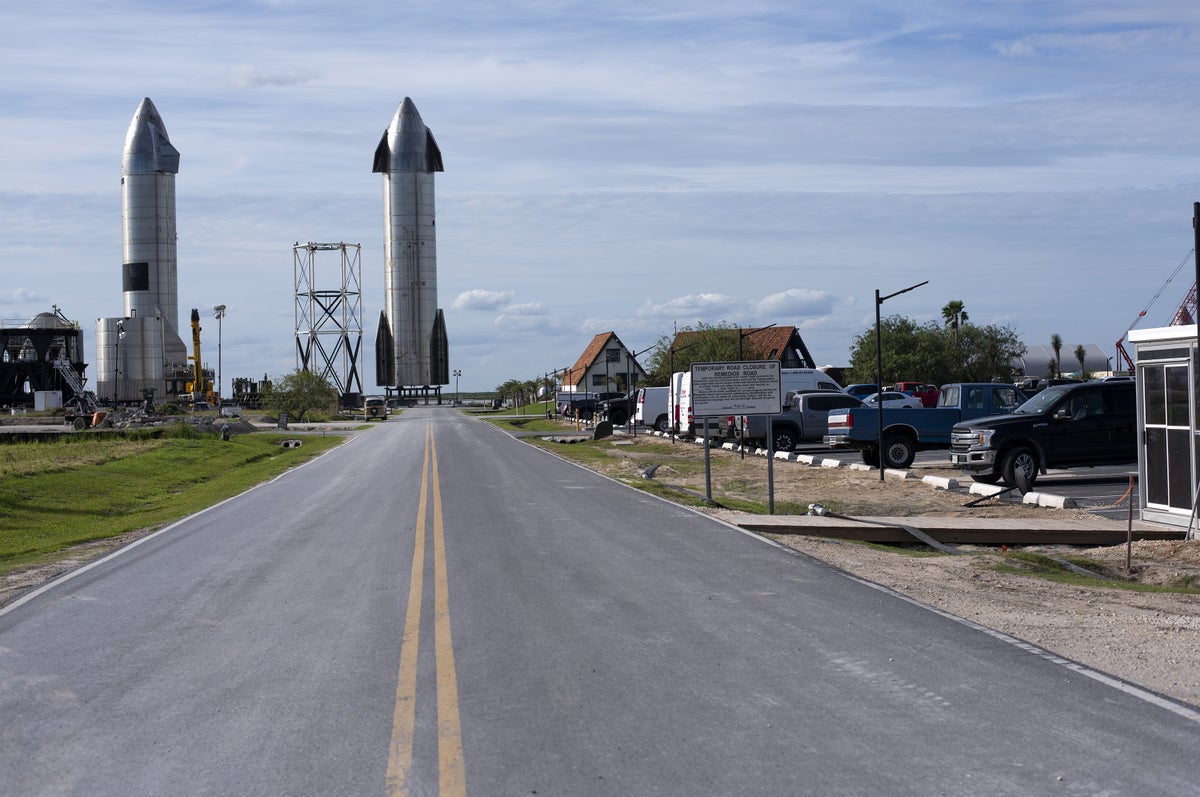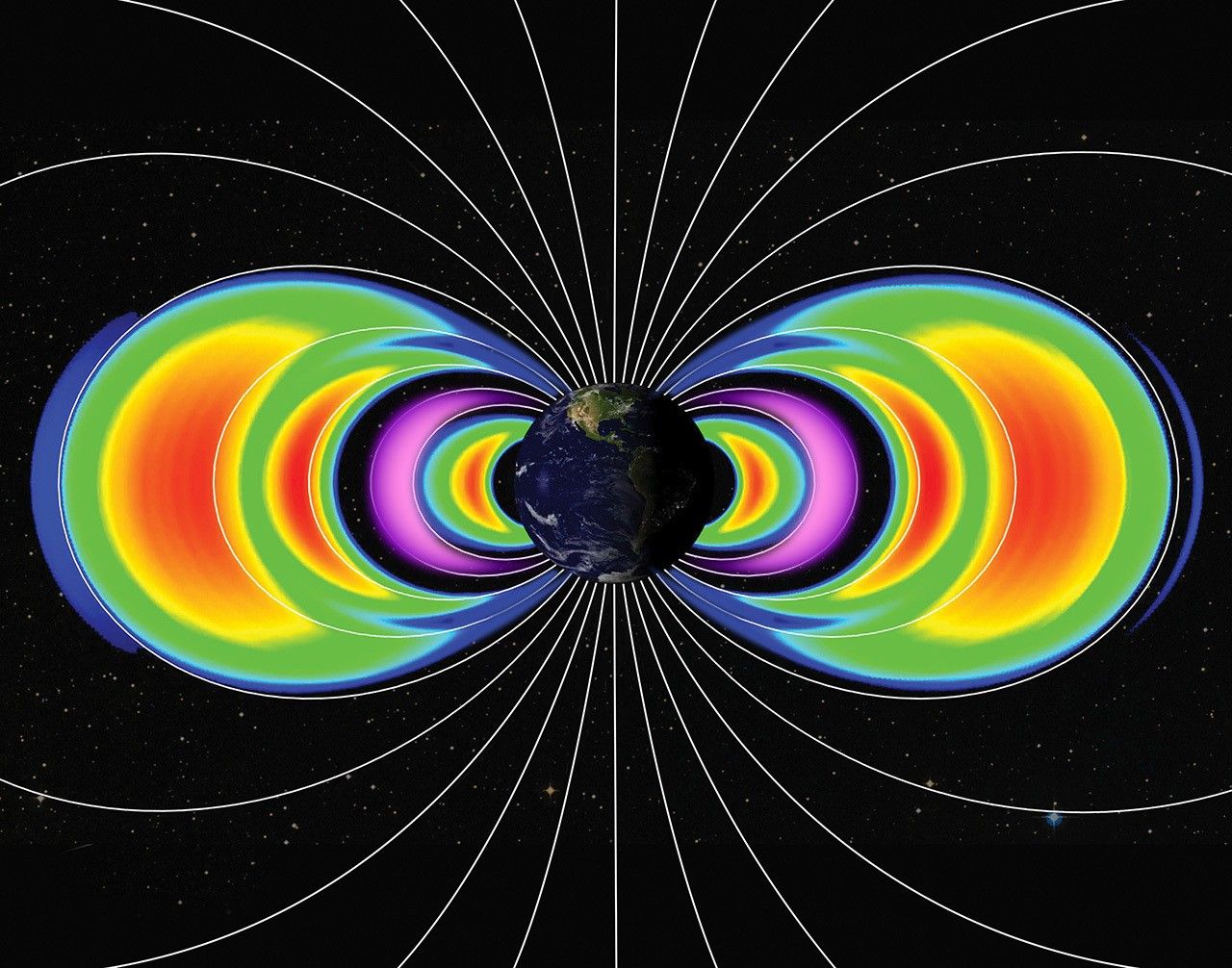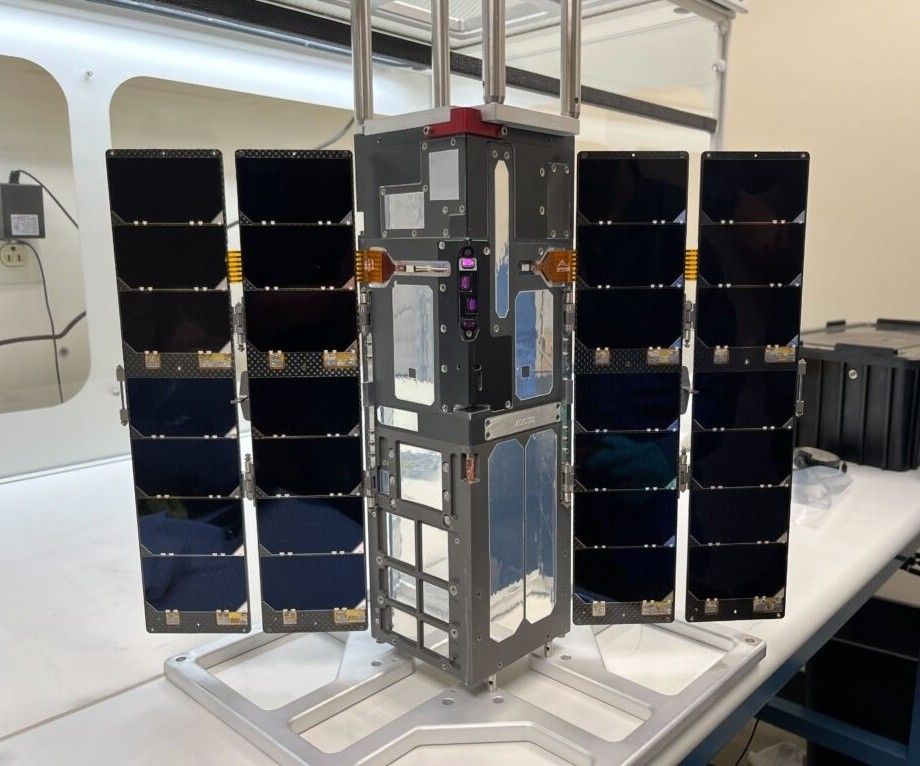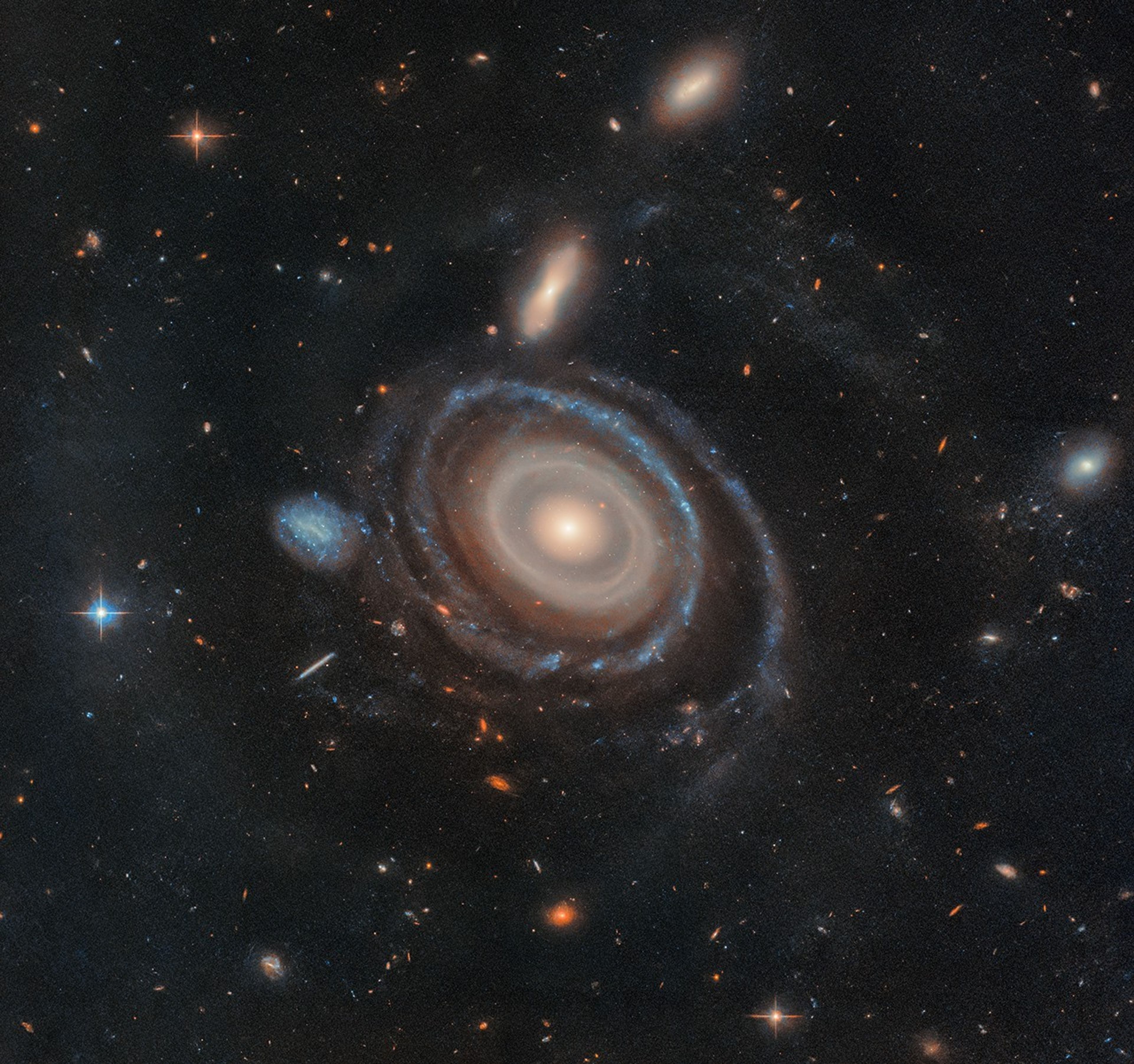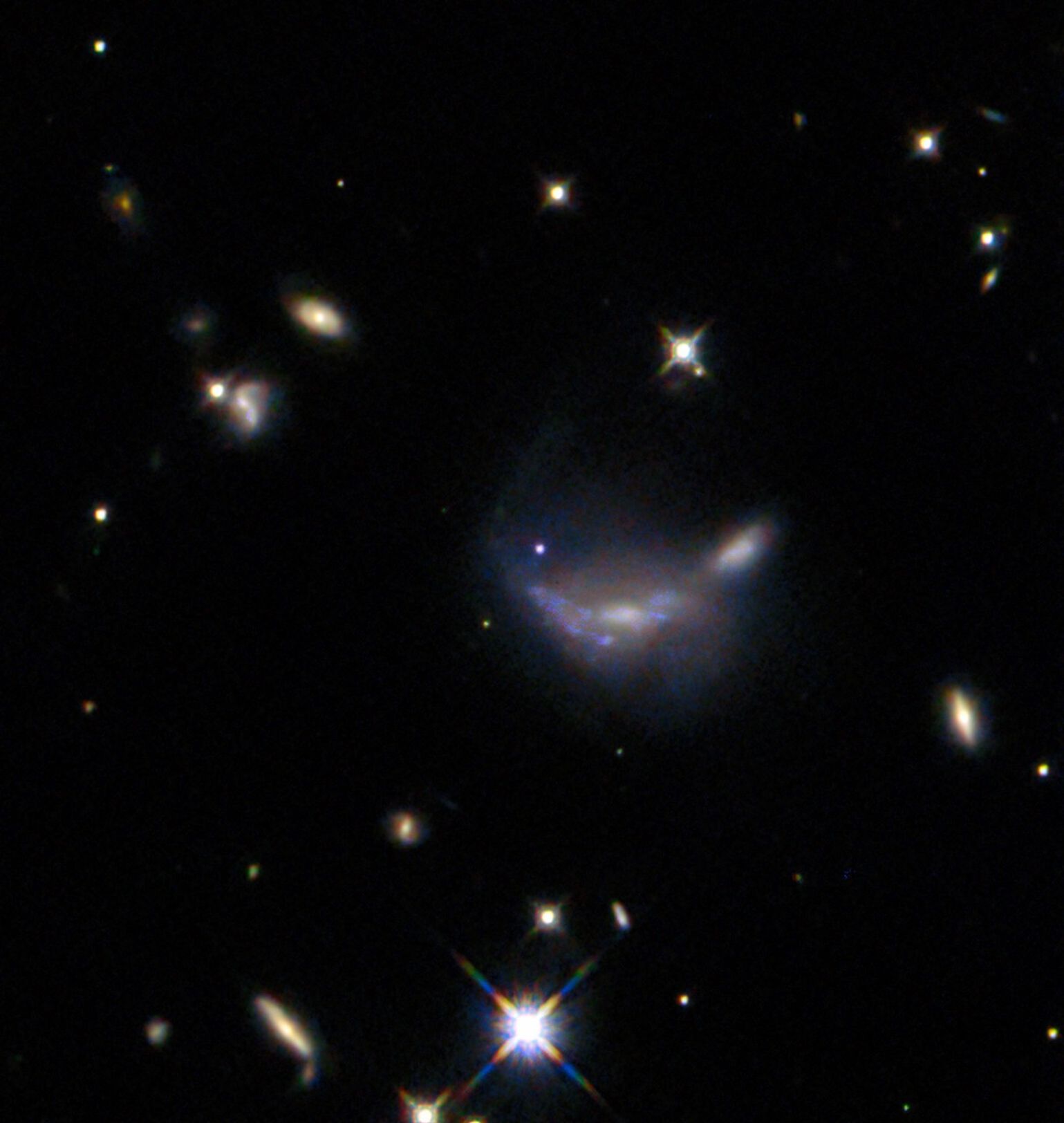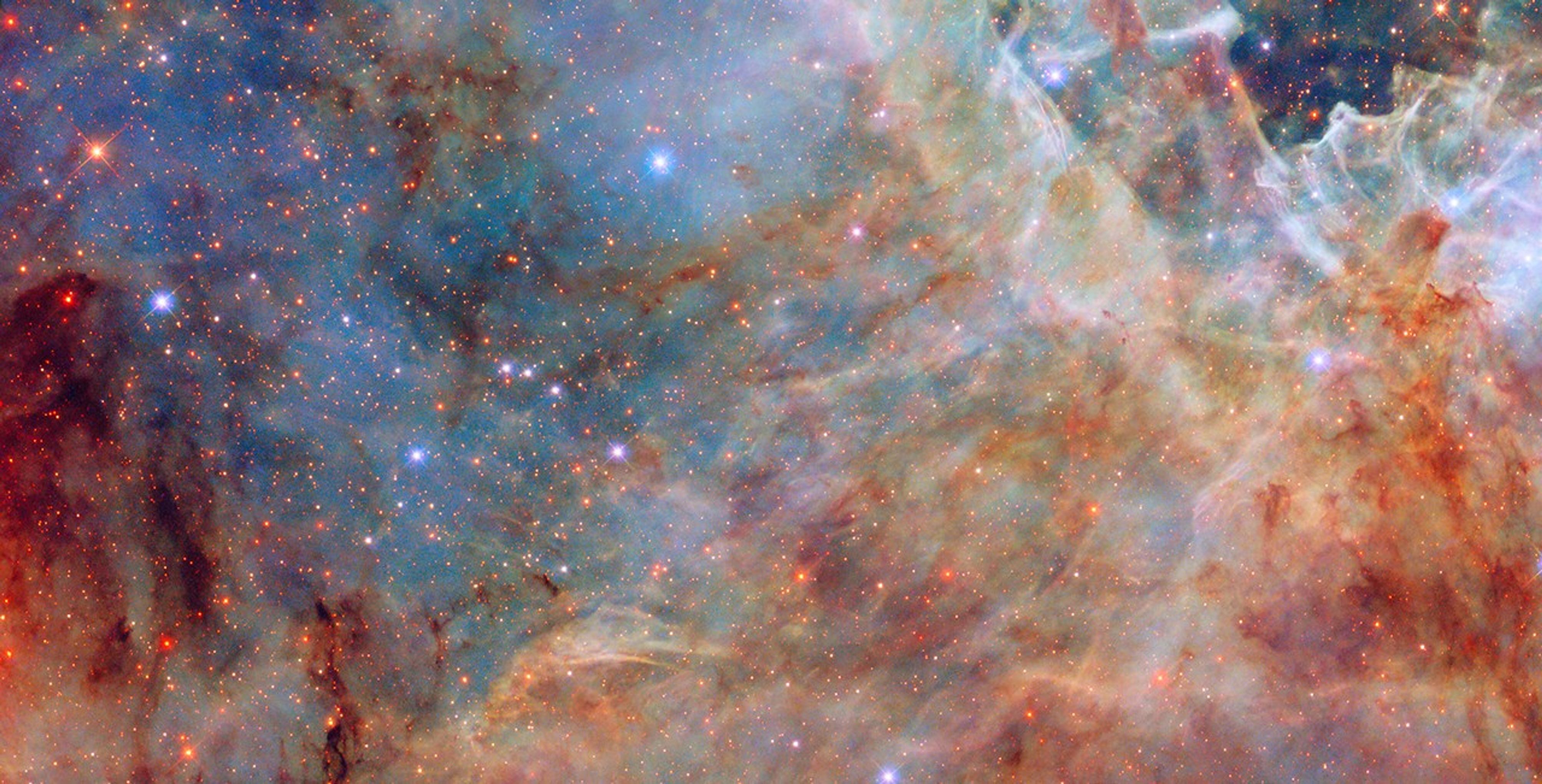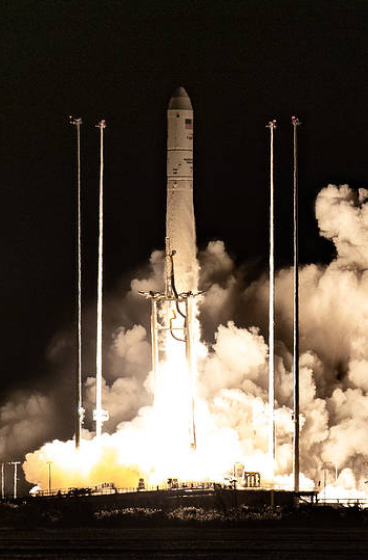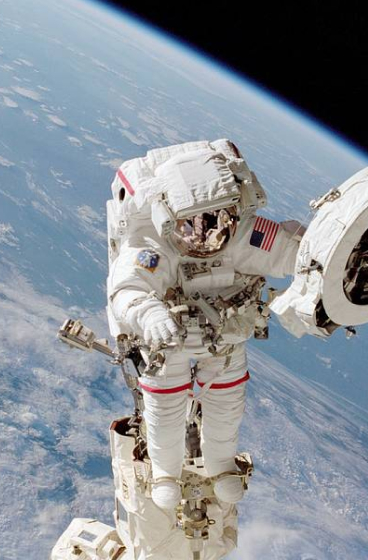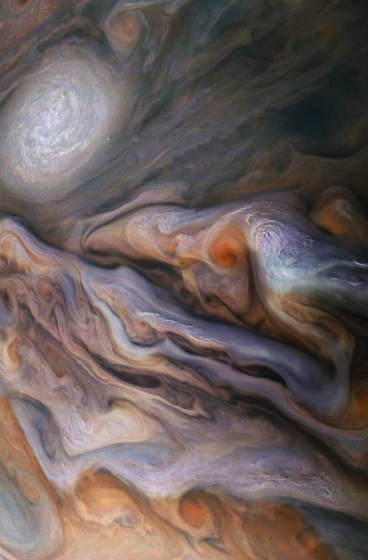NASA CubeSat Finds New Radiation Belts After May 2024 Solar Storm
Key Points The largest solar storm in two decades hit Earth in May 2024. For several days, wave after wave of high-energy charged particles from the Sun rocked the planet. Brilliant auroras engulfed the skies, and some GPS communications were temporarily disrupted. With the help of a serendipitously resurrected small NASA satellite, scientists have discovered […]
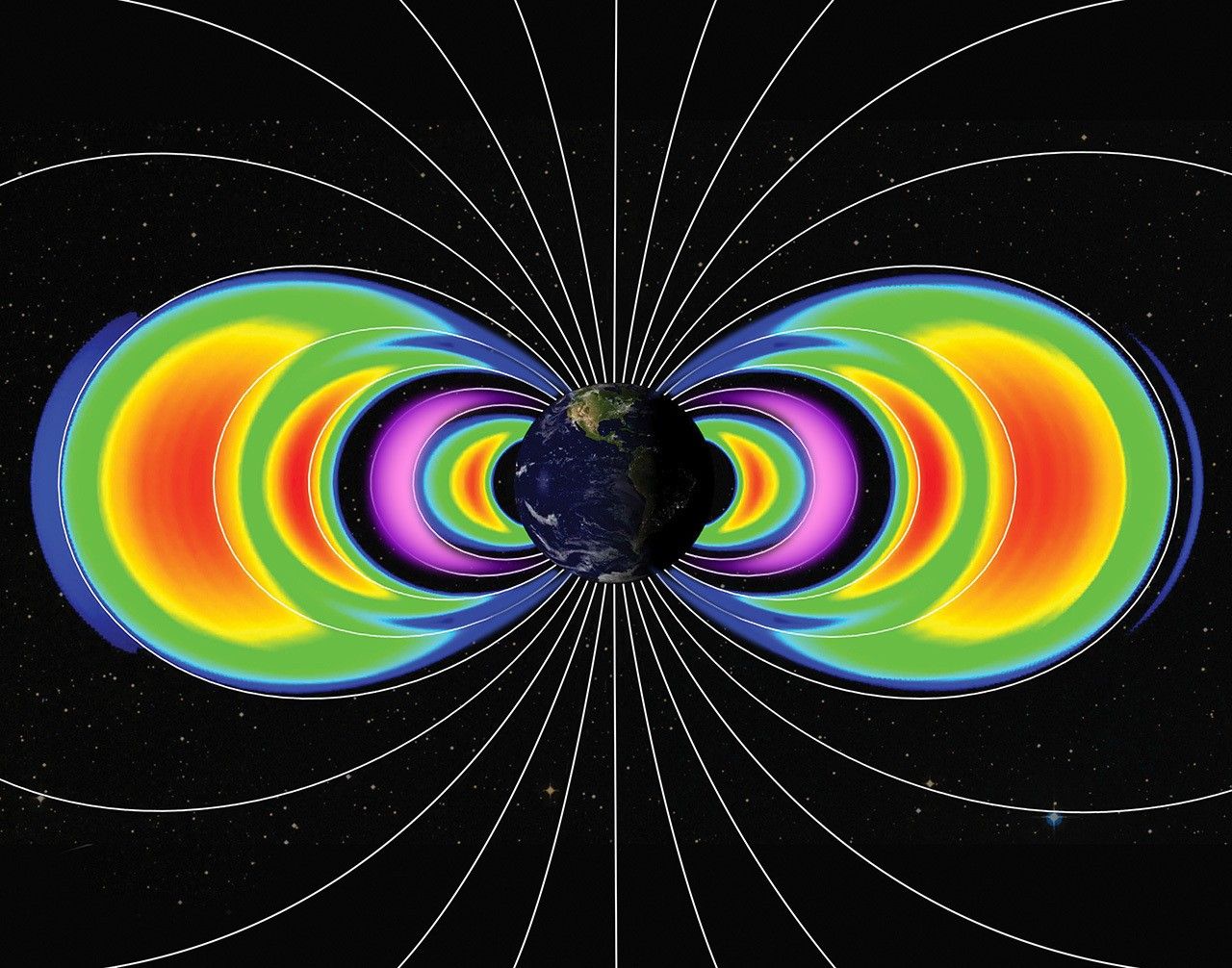
5 min read
NASA CubeSat Finds New Radiation Belts After May 2024 Solar Storm
Key Points
- The May 2024 solar storm created two new temporary belts of high-energy particles surrounding Earth.
- Such belts have been seen before, but the new ones were particularly long lasting, especially the new proton belt.
- The findings are particularly important for spacecraft launching into geostationary orbits, which can be damaged as they traverse the dangerous belts.
The largest solar storm in two decades hit Earth in May 2024. For several days, wave after wave of high-energy charged particles from the Sun rocked the planet. Brilliant auroras engulfed the skies, and some GPS communications were temporarily disrupted.
With the help of a serendipitously resurrected small NASA satellite, scientists have discovered that this storm also created two new temporary belts of energetic particles encircling Earth. The findings are important to understanding how future solar storms could impact our technology.
The new belts formed between two others that permanently surround Earth called the Van Allen Belts. Shaped like concentric rings high above Earth’s equator, these permanent belts are composed of a mix of high-energy electrons and protons that are trapped in place by Earth’s magnetic field. The energetic particles in these belts can damage spacecraft and imperil astronauts who pass through them, so understanding their dynamics is key to safe spaceflight.
The discovery of the new belts, made possible by NASA’s Colorado Inner Radiation Belt Experiment (CIRBE) satellite and published Feb. 6, 2025, in the Journal of Geophysical Research: Space Physics, is particularly important for protecting spacecraft launching into geostationary orbits, since they travel through the Van Allen Belts several times before reaching their final orbit.
New Belts Amaze Scientists
Temporary belts have been detected in the aftermath of large solar storms before. But while previous belts have been composed mostly of electrons, the innermost of the two new belts also included energetic protons. This unique composition is likely due to the strength and composition of the solar storm.
“When we compared the data from before and after the storm, I said, ‘Wow, this is something really new,’” said the paper’s lead author Xinlin Li, a professor at the Laboratory for Atmospheric and Space Physics (LASP) and Department of Aerospace Engineering Sciences at the University of Colorado Boulder. “This is really stunning.”
The new belts also seem to have lasted much longer than previous belts. Whereas previous temporary belts lasted around four weeks, the new belt composed primary of electrons lasted more than three months. The other belt, that also includes protons, has lasted much longer than the electron belt because it is in a more stable region and is less prone to the physical processes that can knock the particles out of orbit. It is likely still there today.
“These are really high-energy electrons and protons that have found their way into Earth’s inner magnetic environment,” said David Sibeck, former mission scientist for NASA’s Van Allen Probes and research scientist at NASA’s Goddard Space Flight Center in Greenbelt, Maryland, who was not involved with the new study. “Some might stay in this place for a very long time.”
How long such belts stick around depends on passing solar storms. Large storms can provide the energy to knock particles in these belts out of their orbits and send them spiraling off into space or down to Earth. One such storm at the end of June significantly decreased the size of the new electron belt and another in August nearly erased the remainder of that electron belt, though a small population of high-energy electrons endured.
CubeSat Fortuitously Comes Back to Life to Make the Discovery
The new discovery was made by NASA’s CIRBE satellite, a CubeSat about the size of a shoebox that circled the planet’s magnetic poles in a low Earth orbit from April 2023 to October 2024. CIRBE housed an instrument called the Relativistic Electron Proton Telescope integrated little experiment-2 (REPTile-2) — a miniaturized and upgraded version of an instrument that flew aboard NASA’s Van Allen Probes, which made the first discovery of a temporary electron belt in 2013.
After a year in space, the CubeSat experienced an anomaly and unexpectedly went quiet on April 15, 2024. The scientists were disappointed to miss the solar storm in May but were able to rely on other spacecraft to provide some preliminary data on the electron belt. Luckily, on June 15, the spacecraft sprang back to life and resumed taking measurements. The data provided high-resolution information that couldn’t be gleaned by any other instrument and allowed the scientists to understand the magnitude of the new belts.
“Once we resumed measurements, we were able to see the new electron belt, which wasn’t visible in the data from other spacecraft,” Li said.
Having the CubeSat in orbit to measure the effect of the solar storm has been bittersweet, Li said. While it provided the opportunity to measure the effects of such a large event, the storm also increased atmospheric drag on the CubeSat, which caused its orbit to decrease prematurely. As a result, the CubeSat deorbited in October 2024. However, the spacecraft’s data makes it all worth it.
“We are very proud that our very small CubeSat made such a discovery,” Li said.
CIRBE was designed and built by LASP at the University of Colorado Boulder and was launched through NASA’s CubeSat Launch Initiative (CSLI). The mission is sponsored by NASA’s Heliophysics Flight Opportunities for Research & Technology (H-FORT) program.
By Mara Johnson-Groh
NASA’s Goddard Space Flight Center, Greenbelt, Md.
Share
Details
Related Terms
What's Your Reaction?









